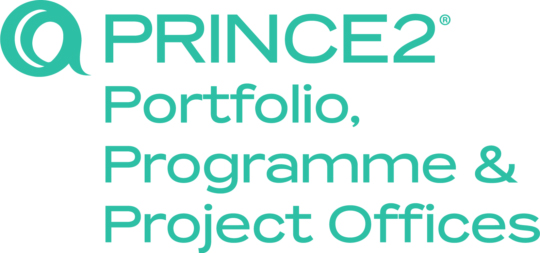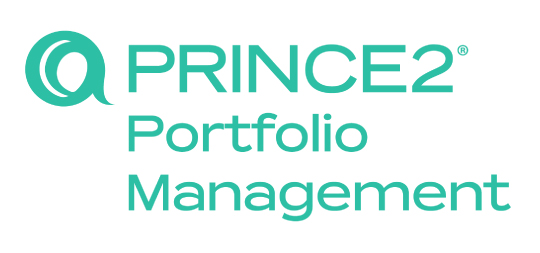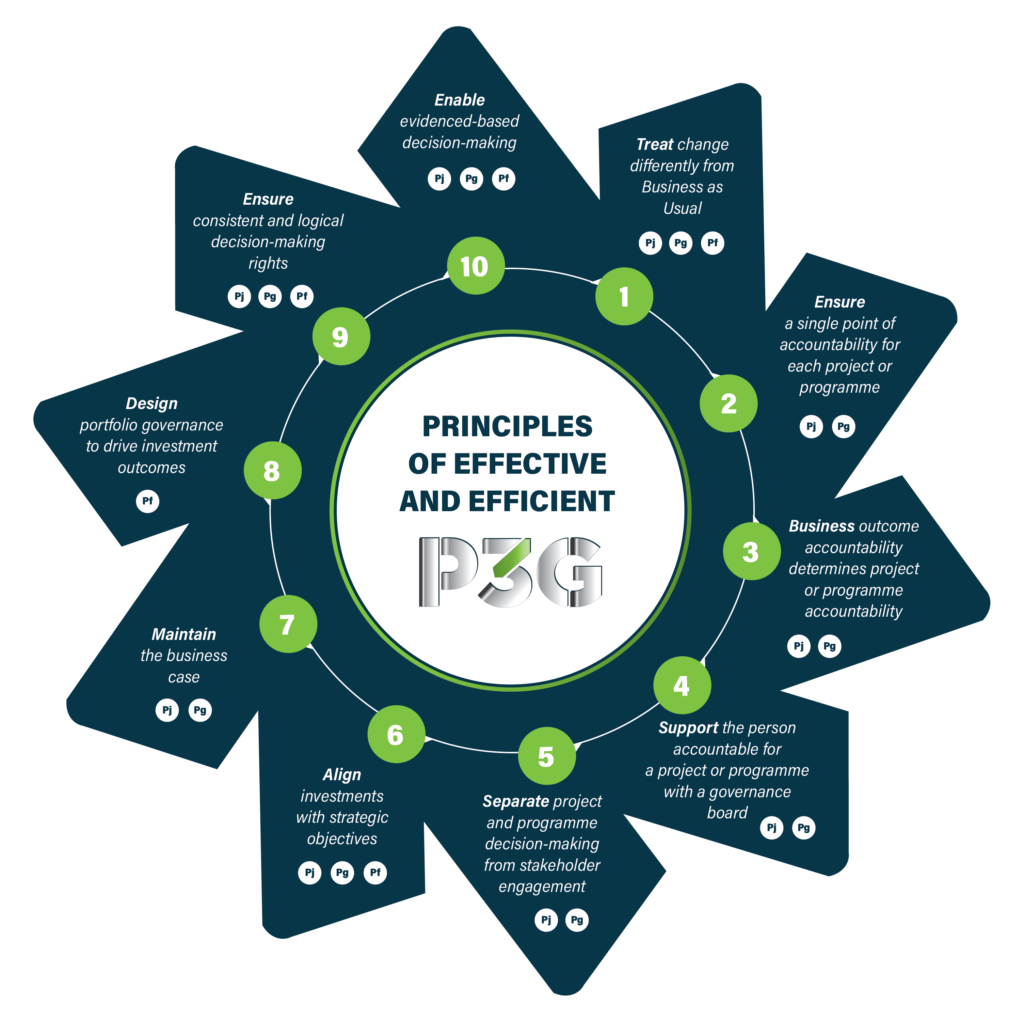In the course Continuous Improvement for the PMO – Using Value Streams, PMO leaders need to consider how their PMO operates, its goals, and its OKRs. The course also encourages PMOs to ask how efficient their project delivery methodology is. Beyond lessons learned, this course offers a framework for creating PMO value. If your goal is to improve PMO service delivery and value creation in your organisation, value streams are a practical approach to future-proofing the PMO and the value it offers to the organisation.
Consider the well-known statistics which often surround PMOs.
50% of PMOs close down within three years
It’s a statistic that seems to get shared around without any firm basis or even truthfulness to it (check out the excellent work here). It can be traced back to the research by Aubry and Hobbs back in 2007, and the research highlights that PMOs don’t necessarily get closed down; they change or evolve, gaining a new objective or structure based on what the ever-evolving organisation needs.
That means that PMOs change and hopefully change for the better by continuing to improve on what support they offer to the organisation.
Do You Have a Remit for Continuous Improvement?
Most PMO practitioners today will have a line in their job profile or roles and responsibilities which talks about being responsible for continuous improvement. It might be something along these lines:
‘You will play a pivotal role in fostering a culture of continuous improvement within our organisation. By proactively identifying and implementing enhancements to our project management processes, tools, and methodologies, you will contribute to the optimisation of project outcomes. Your commitment to driving continuous improvement will empower our teams to adapt to evolving challenges and deliver exceptional results.’
What is missing in most PMOs is how we ensure continuous improvement becomes a deeply embedded part of the job. How do we make sure that improvements are really being made?
That is just one of the reasons why PMO Learning has this course – to provide a practical approach to continuous improvement with the bonus that the approach is already being used by organisations – it’s value streams.
What are Value Streams?
Value streams refer to the series of steps or activities required to transform inputs into a product or service that provides value to customers. This concept is commonly used in Lean thinking and Agile methodologies to optimise processes and improve efficiency in organisations. The primary goal of identifying and analysing value streams is to eliminate wasteful activities, reduce lead times, and enhance overall customer satisfaction.
These concepts may be new to many PMO practitioners; however, if your organisation is delivering change through enterprise-level Agile approaches, value streams will certainly become part of your everyday role.
Value stream analysis can be used on any part of your organisation, even within the PMO operation itself.
Why are Value Streams important to the PMO?
Value Streams are important to the PMO for several reasons.
- Improve alignment between the PMO and the business – By understanding the value delivered by each stream, the PMO can prioritise projects and ensure that everyone is working towards the same strategic goals of the business.
- Identify and eliminate waste – Value stream mapping can help to identify waste in the process of delivering value to the customer.
- Resource allocation – By identifying which value streams are more important to the organisation’s goals, the PMO can then allocate resources accordingly to projects which produce the most value.
- Risk management – Value streams can provide a whole new range of metrics and unintended consequences which can help identify new risks and how to manage them.
- Improve communication and collaboration – By grouping projects together by value streams, this can make it easier for teams to communicate and collaborate on lessons learned and insights into continuous improvement.
- Continuous improvement – Analysing value streams can help the PMO identify areas for continuous improvement, become more efficient, and streamline processes.
- Process improvement – The PMO can use value stream mapping to identify opportunities for process improvement and identify steps that are not adding value to the customer.
- Portfolio management – Value Streams can assist the PMO in portfolio management by categorising projects based on value streams, to make it easier to manage and prioritise projects.
Where can I learn more about value streams?
PMO Learning have a dedicated course – Continuous Improvement and the PMO Using Value Streams.
This course offers two things. First, it encourages PMO practitioners to consider how their PMO operates, its goals, and its OKRs, and it suggests how value stream mapping and concepts can be used to improve PMO service delivery and value creation. Second, Value Stream analysis is also used to improve the effectiveness of project delivery and governance effectiveness, so the course learning can also be used directly in project delivery too.
What content is covered in this 2-day course?
Day 1 – you’ll get to know your trainer and meet other PMO practitioners too:
- Introduction to Value Streams and how it applies to PMO.
- Developing Value Streams
- Measuring Development Value Streams
- The Idealised Value Stream
- The Learning PMO
Day 2
- Other Types of Value Streams
- PMO Service Value Streams
- Lean Portfolio Management
- PMO Kanban
Want to learn more about the course? Take a look at our short webinar recording below where we go into further detail about Value Streams and the PMO.
Have questions? Get in touch!
Enjoying Our Blog?
Sign up and receive all our articles (we’ll send you an update once a week!) plus special offers and events:






